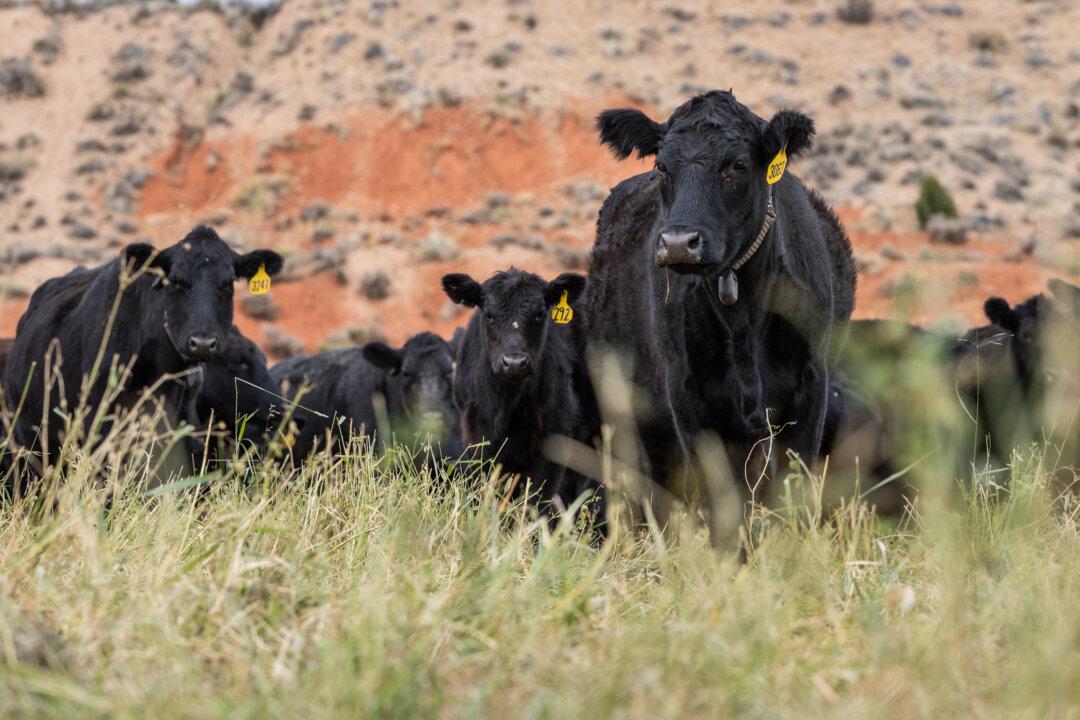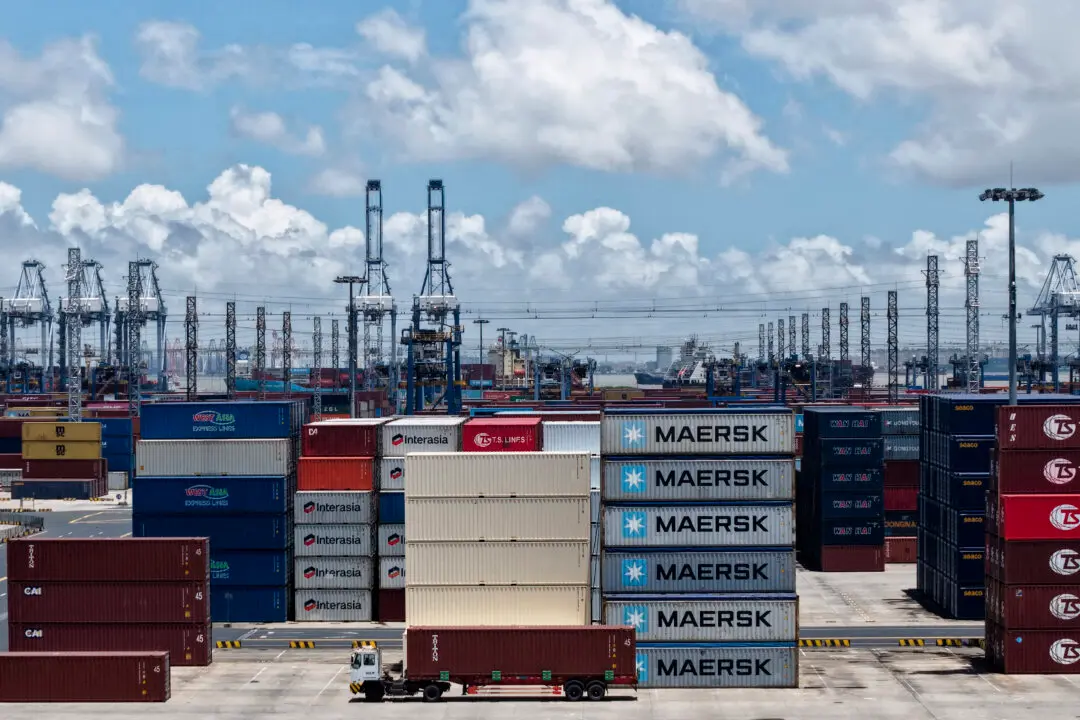California’s Central Valley constitutes 1 percent of the agricultural land in the United States yet it harvests nearly a quarter of the nation’s farmed products.
The 50-mile wide, 450-mile-long breadbasket is irrigated by an intricate series of river impoundments and canals that are regulated by federal and state agencies.





